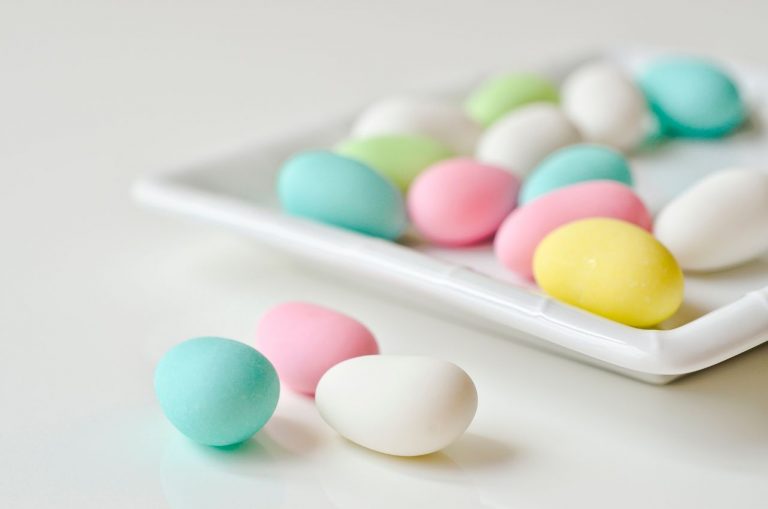As EFSA no longer considers the white pigment titanium dioxide (E 171) to be safe, it won’t be allowed to be used in foods from 2022 onwards, according to EU regulations. Loryma’s ingredient portfolio includes two wheat starches that can be used to replace this soon to be banned additive.
The native small-grain starch, Lory® Starch Iris, optimizes the appearance of dry or cold applications, whereas the resistant wheat starch, Lory® Starch Elara, is suitable for applications that contain water and are heated.
With a whiteness of approximately 98 on a scale of 0 (black) to 100 (white), both the small-grain starch and the resistant starch can be used to replace titanium dioxide in foods. On the ingredient list, both variants need only be declared as “wheat starch” and “modified wheat starch,” respectively.
Which alternative from the Loryma portfolio is the right one depends on the type and nature of the application.
Lory® Starch Iris is a native wheat starch with small, uniform particles (<10 μm). Owing to their size, they can attach homogenously to surfaces and thus produce an even lightening effect in coatings.
The starch swells on heating and is therefore suitable for lightening dry or cold applications such as sweets (chocolate lentils, chewing gum).
Lory® Starch Elara is a resistant wheat starch. It doesn’t thicken in an aqueous environment or with heat. The resistant and crystalline particles produce a lightening effect in foods that contain water and are heated, such as convenience products like dressings, desserts or puddings.
Norbert Klein, Head of Product Development at Loryma, says: “The topic of titanium dioxide substitutes has been occupying food manufacturers from all sectors since EFSA published its assessment in the summer.
“Manufacturers now have until mid-2022 to change their recipes and processes. We stand by our customers, not only with functional products, but also with advice and support to implement a visually perfect end product that complies with regulatory requirements.”


